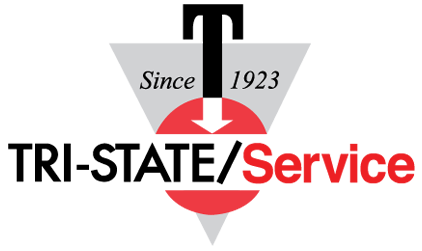
The Centers for Disease Control and Prevention (CDC) report over 700 heat-related deaths in a 14-year period, highlighting the dire consequences of failing to manage hydration and heat stress effectively.
According to scientists at NASA, the summer of 2023 was Earth’s hottest since records began in 1880.
As we settle into 2024’s long, hot summer, we are reinforcing our safety efforts each day to prevent heat illnesses at work. Our strategy has many elements, among them these important recommendations from OSHA.
Acclimatization New and returning workers are acclimated to jobsite conditions gradually, building tolerance to the heat.
Importance of Hydration Drink even if you are not thirsty. Studies have shown that most workers show up to work already dehydrated and end their day in an increased state of dehydration. Dehydration causes cardiovascular strain that can result in fatigue, loss of mental clarity, headaches, and muscle weakness.
Rest Breaks should last long enough for workers to recover from the heat. Rest is critical when core body temperature increases. The body must recuperate to allow for proper blood flow to cool down the body and deliver oxygen at the levels demanded by physical work.
Consider personal risk factors and look out for each other. All workers tolerate heat differently. Heat intolerance happens for a variety of reasons. According to OSHA, these personal risk factors and other medical conditions can predispose workers to heat-related illnesses.
- Obesity
- Diabetes
- High blood pressure
- Heart disease
- Lower level of physical fitness
- Use of certain medications such as diuretics (water pills) and some psychiatric or blood pressure medicines
- Some medications can result in a worker’s inability to feel heat conditions and/or the inability to sweat, so symptoms of heat stress may not be evident.
- Alcohol use
- Use of illicit drugs such as opioids, methamphetamine, or cocaine
Education and More Our groups hold regular meetings with a full safety agenda that includes active discussion, lessons, and best practices for preventing and if necessary, responding to heat-related illnesses. Through our “Working. Safe.” program, we are always working to improve safety performance and minimize risks like these each day–with a zero injury and illness goal.

